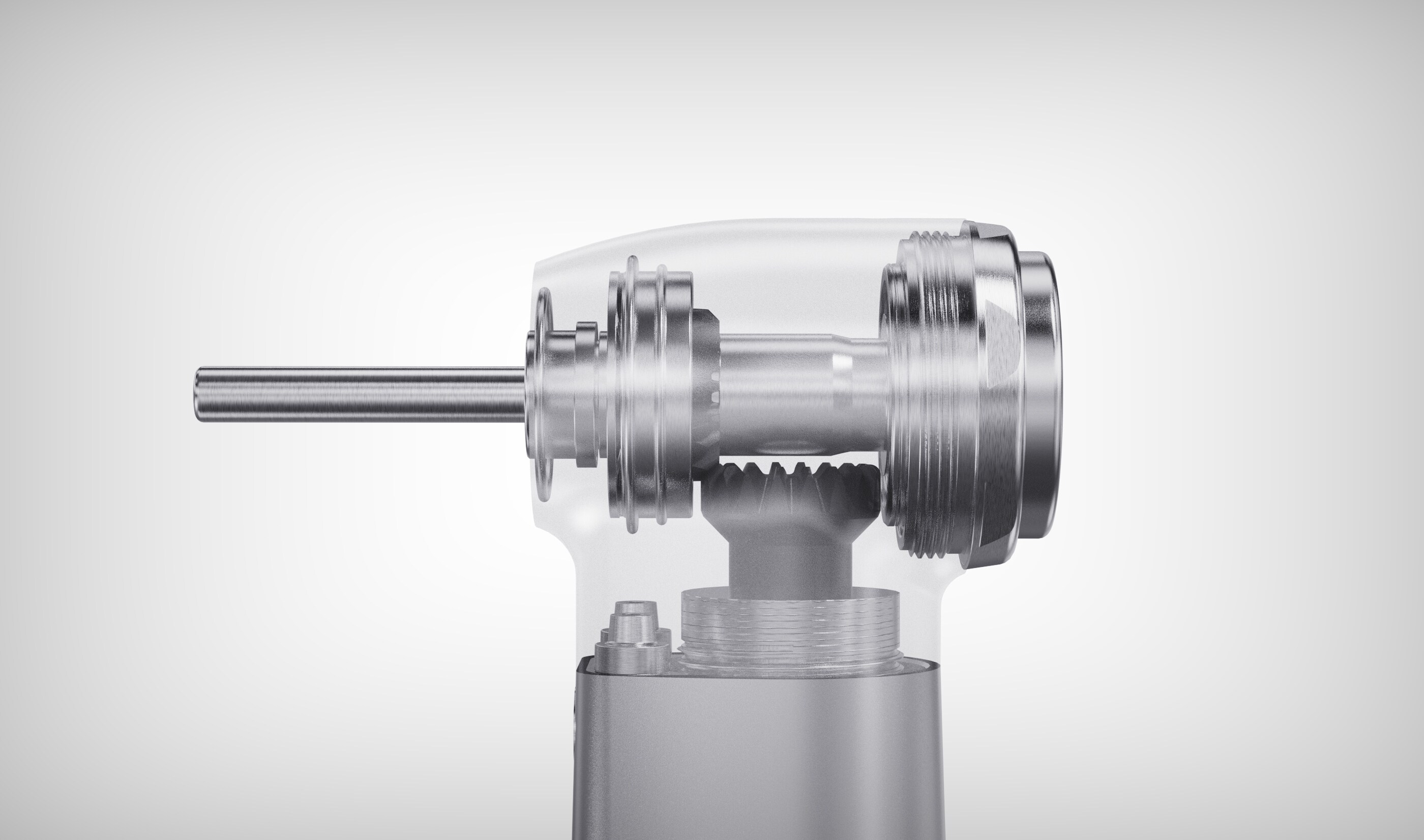Email format error
Email cannot be empty
Email already exists
6-20 characters(letters plus numbers only)
The password is inconsistent
Email format error
Email cannot be empty
Email does not exist
6-20 characters(letters plus numbers only)
The password is inconsistent

News
Here, you can describe a piece of text you want to express.

ChatGPT’s Rise Could Trigger a Reassessment of AI’s Medical Value III

AI Medical Imaging: Popular in China’s Industry
With the liberalisation and support of policy, the market demand for auxiliary diagnosis and treatment products has obviously increased. In the core software market of China’s AI medical in 2020, the market share of CDSS is 29.8%, and the AI medical imaging market is 7.1%. It is predicted that the market size of AI medical imaging will exceed CDSS for the first time in 2023 (this year), becoming the most popular product category in the core software of AI medical. According to data prediction, the artificial intelligence medical imaging industry in China is expected to increase from RMB 300 million in 2020 to RMB 92.3 billion in 2030, with a compound growth rate of 76.7% in these ten years. It is worth mentioning that the AI medical imaging market has a high growth rate, a high capital aggregation degree, and the best chance to achieve commercialization first.
Regulatory Enforcement Supports AI Healthcare
Regulatory enforcement must be heightened in order to support the development of AI healthcare, which covers aspects of medical care, sciences, and production. The combination of artificial intelligence and healthcare not only requires high technological demands but also tests against real-life scenarios. Even with the mature products developed, the pain point for the entire industry is how to accelerate the realisation of digital health. To ensure better commercialization, the key lies in the coverage of hospitals by AI healthcare products.
Tertiary Hospitals Mainly Demand AI Devices
Data shows that between 2019 and 2021, the tendering amount for AI healthcare imaging was over 10 million yuan in the tertiary hospitals in 2019 and 2020. It was affected by the impact of the outbreak detection needs and the wide audience of the lung imaging products, as well as the high maturity of the development technology. The tendering amount of AI development software for the departments of the lungs during the statistical time reached 12.96 million yuan. Cardiovascular, comprehensive, and pathology came afterwards. According to the data, the main demand for AI healthcare devices comes from tertiary hospitals. It has yet to be widespread in the lower-tier hospitals, township clinics, and the like.
AI Eye Reaches Grassroots Medical Institutions
The advantage of AI now is that there is a great variety of landing scenarios for enterprises. Whether it’s lung imaging, cardiovascular imaging, or thoracic imaging, it needs to be bound to large hardware devices. Generally, they will choose tertiary hospitals. The scope of eye AI is even wider with the relatively low cost of the hardware device's eye camera. It can not only choose tertiary hospitals but also break through grassroots medical institutions or other large health scenarios, thus realising penetration into the grassroots medical system. This is also one of the important reasons why AI Eye stands out in the artificial intelligence imaging market.
Medical Insurance Connects AI Medical Care with Trust
On the other hand, in order to achieve the wide-spread application of AI medical care, medical insurance may be the best trust anchor connecting AI medical care with hospitals and patients. While implementing medical insurance to escort AI medical care, relevant departments also need to consider how to regulate digital treatments, which is an important part of the future health development of the industry. In particular, since AI equipment is software-based, it is necessary to face the characteristics of the Internet industry, such as rapid product iteration, all of which need to be carefully verified and can even require re-registration and have a great impact on enterprises. This requires the regulatory departments to think about how to define digital treatment products, quickly form corresponding data security standards and industry-related regulations for medical big data, and regulate the legal status of medical data.
In conclusion, it can be anticipated that artificial intelligence technology is still in its growing stage, and there are still many details to be optimised when it comes to the medical field, especially for pursuing innovations and breakthroughs and exploring more combinations of models and scenarios. AI medical care is a long slope with heavy snow. It is hoped that with the support of artificial intelligence technology, the intelligent medical care industry will face more opportunities, launch more quality and convenient medical equipment to serve the public, and thus promote the high-quality development of China’s medical cause.

